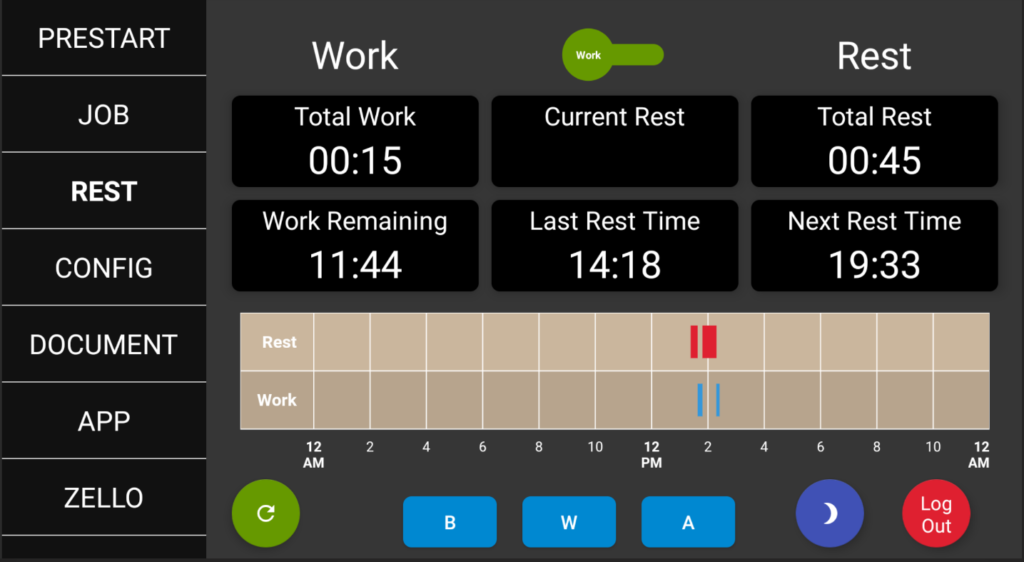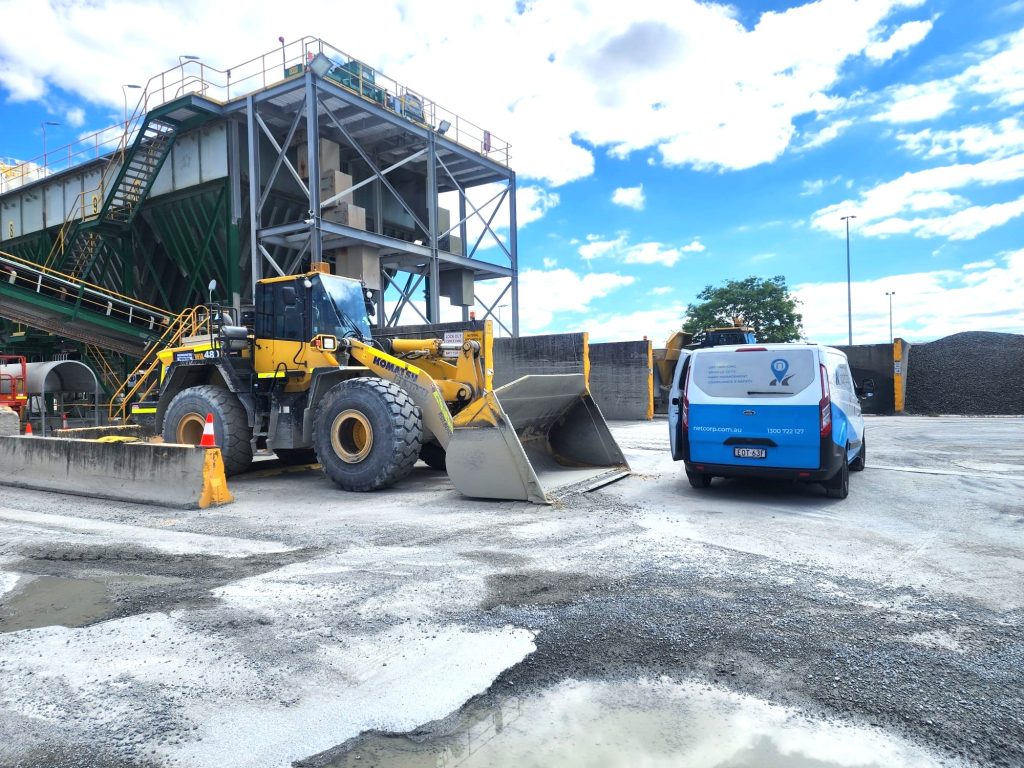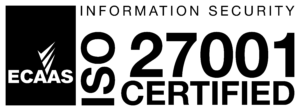Netcorp’s proprietary Driver App, has numerous built in features to give drivers insights into their vehicle’s performance, their rest break management and providing them with the tools they need to drive safely and efficiently.
Some of the features offered by our Driver App include:
- Digital Pre Start Checks & Fault Reporting
- Job System Integration
- Comprehensive Live Work and Rest Break Fatigue Management
- On Board Mass Management
- Access to Business Documents
- Zello Integration
- Here Maps Heavy Vehicle Navigation
- Concrete Barrel Analytics and Mixer System Integration
- CANBUS Integration
- Camera System Integration
This driver app which is supplied and installed as part of our Heavy Vehicle Solution, monitors and manages driver’s critical work and rest requirements in ‘real time’ offering companies who operate a heavy vehicle fleet, complete transparency on how drivers are managing their fatigue and can identify any potential current or upcoming fatigue breach situations.
Driver fatigue management is a critical aspect of road safety and transportation management. Fatigue among drivers can impair cognitive and physical abilities, leading to an increased risk of accidents. To address this issue, various strategies and technologies are employed to manage and mitigate driver fatigue.

Netcorp’s Commitment to Heavy Vehicle Driver Safety
In 2023, Netcorp made our dedication very clear to the heavy vehicle and concrete industry by comitting to the purchase of our very own brand new Kenworth T360 from Suttons Arncliffe in Sydney, Australia.
We believe that a provider cannot research and innovate without tackling the real life challenges that drivers and operators face. By having our own full time driver, vehicle and development team who test and challenge our solutions for stability, reliability and real world results, you as a customer will end up with the best product.








